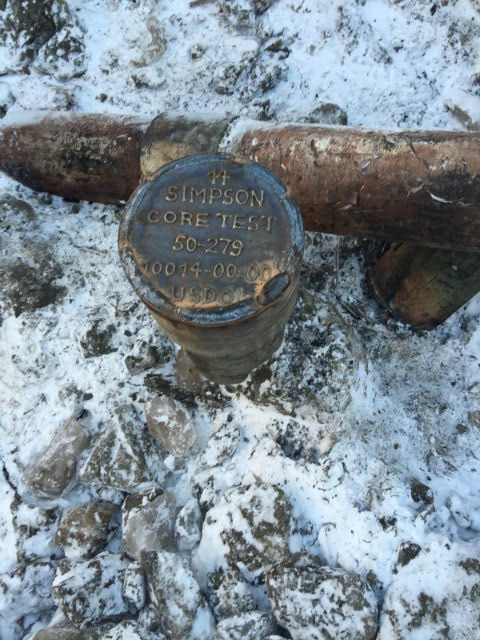Related Stories
- Quillie Nelson: A resident rodent of Campbell Tract
- First 100 days: BLM drives energy expansion and national strength
- BLM Recreation Sites Available to All: Exploring Accessibility on Alaska’s Public Lands
- A boatload of recreational opportunities
- Exploring the Campbell Tract Special Recreation Management Area: Flora, fauna, and volunteer opportunities
Office
222 W 7th Avenue #13
Anchorage, AK 99513
United States
Phone:
Email:


